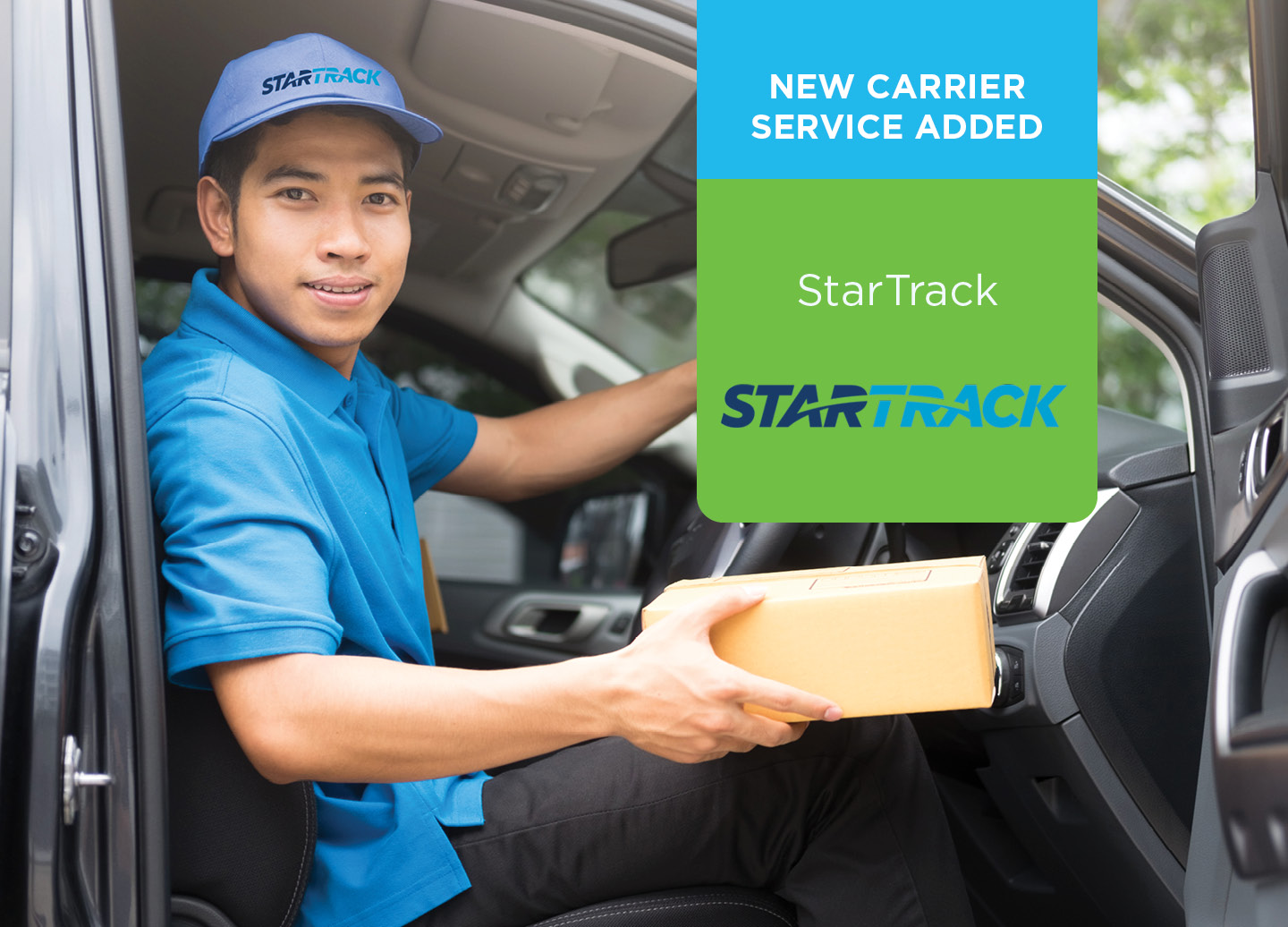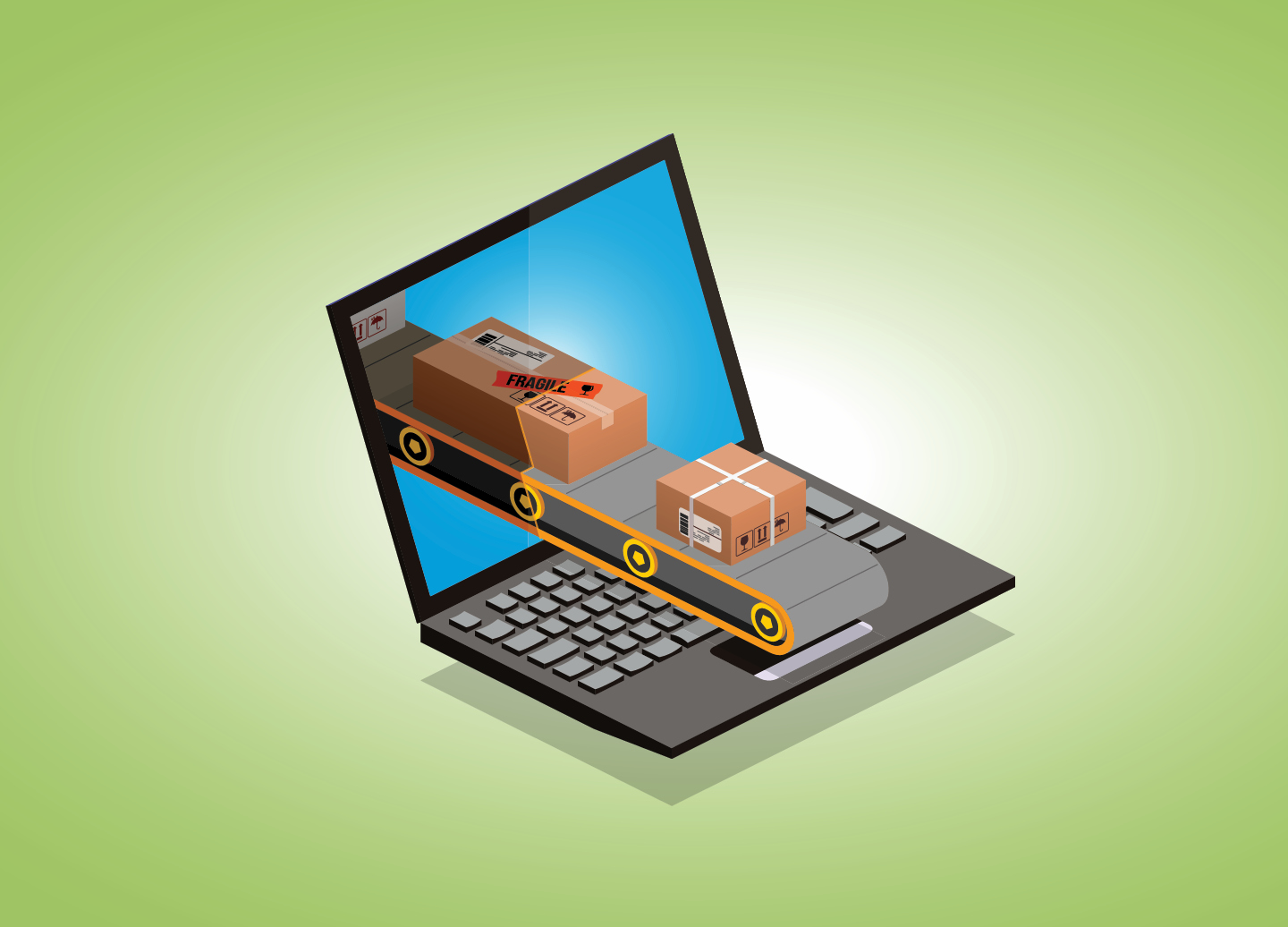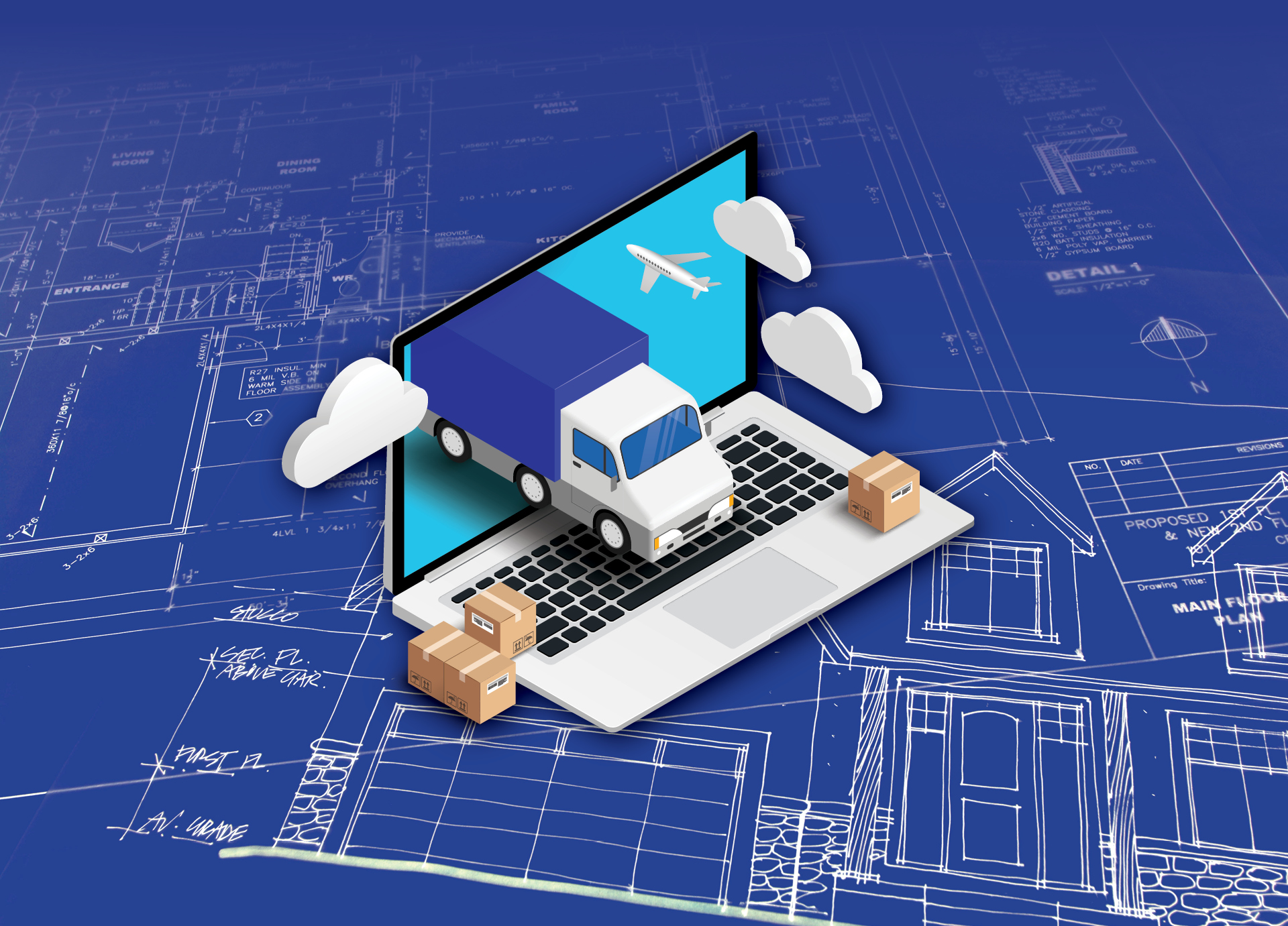ProShip shares how exciting it is to save time and money with multi-carrier shipping software.
Fear of COVID and the economic impact were strong enough deterrents to keep consumer spending in check for much of 2020. 2021 has shown that the landscape is different, and for the better. Despite the pandemic, consumer spending is continuing to grow, and is expected to thrive with experts forecasting a growth of 8.1% by the end of 2021 and 3.1% in 2022.
The news isn’t all good, however. The forecasted growth isn’t possible without a reliable global supply chain. Currently, delays are rippling through as businesses around the world face problems with products and materials because of supply chain bottlenecks. A warehouse crunch, labor shortages, and capacity constraints are all factors that shippers can expect to linger.
While not all these problems can be solved overnight, automated shipping software can help smooth the valleys and peaks in an unpredictable supply chain climate. In the past, we described the supply chain and logistics departments as the essential plumbing and electrical of a home but not as the exciting vaulted ceilings or killer cabinetry that may seem like the star of the home. Today, we here to turn that story on its head and share examples of why shipping software is the furthest thing from boring. [Time to Pack Up and Move: Clues that Your Parcel Shipping Software is Too Small]
To set the stage for shipping software’s impressive dexterity, we will dive into the basics.
What is Shipping Software?
Shipping software programs are technology solutions that integrate with the existing systems and technologies of your Enterprise Software Stack (ESS), like your ERP, OMS/eCommerce platform, and WMS. These solutions allow you to automate and optimize how your ESS works together and improve how you can manage customer expectations while reducing parcel shipping spend. [Read on: Top 2 Most In-Demand Parcel Shipping Technologies]
Why Use Shipping Software?
While not every business is shipping thousands of packages a day, those who are require efficiency and reliability. The best shipping software allows businesses to rate shop carriers and their services in real-time and within one system in order to find the best cost to ship out each parcel. This can be premise-based, live in the cloud, or a mix of the two options.
The Benefits of Using Shipping Software
Now that we understand what shipping software is and why to use it, let’s look at how it can supercharge and invigorate a successful supply chain.
You’ll get whiplash from how fast your shipments are.
Speed is the name of the game in today’s shipping environment. Customer expectations are growing and providing fast delivery options has proven to be both necessary and vital. Ultimately, fast delivery is not just something consumers want – it is what they expect. Less than 50% of consumers surveyed said they were willing to wait sometime within two days for a delivery. Compare this to only 25% of consumers who said they would wait within 3-4 days. This disparity between the two indicates the importance and delivery expectation that customers have when it comes to standard two-day shipping.
According to 97% of consumers, same-day shipping is considered “fast” while 95% consider next-day shipping to be “fast”. With big-name retailers such as Amazon prioritizing fast delivery like same-day and next-day shipping, consumers get more and more accustomed to shorter delivery times.
Looking to keep up with customer expectations? A well-integrated parcel shipping software will not only automate the shipping process but do it in minimal time. On-premise carrier engines expedite the process efficiently and with control, resulting in millisecond transaction times. [Explore how in Expert Exchange: Carrier APIs vs. Certified Carrier Engines]
Faster processing speeds culminate in shorter delivery times, but they aren’t the only way to shorten the time in transit. Additional fulfillment centers offer more options for decreasing the distance from pickup to delivery. When shippers utilize all of their inventory sources (DC, 3PL, Stores, Manufacturers) in an omnichannel fulfillment strategy, they can keep the focus on improving the overall Customer Experience (CX) and exceeding delivery expectations.
You’ll be doing cartwheels from how much money you are saving.
The pandemic has pushed a surge in transportation costs – one that isn’t expected to be short-lived. This has put pressure on many businesses who are already dealing with higher wages and higher raw-material prices. Some even expect the elevated freight costs to stretch into 2023. With these higher transportation costs in mind, managing your supply chain spend is key for making a difference on your bottom line.
Whether it’s the middle of a busy peak season or you are just looking for a more organized approach to tracking carrier rates, shipping software is the best solution for minimizing transportation spend. Innovative functionalities, like Advanced Date Shopping, calculate the best service for delivery that meets or exceeds customer expectations (imagine being able to promise delivery dates) to establish cost-efficiencies for your business. An expanded and extensive carrier portfolio means that you can manage carrier capacity constraints and surcharges from a variety of national, regional, same-day, etc. carriers, building a solid carrier diversification strategy. [Keep Reading: Top 4 Myths About Carrier Diversification]
You’ll have time to finally take the vacation you’ve been putting off.
The pandemic was a global disruption across health and education systems, businesses, and trade unlike any other in the past 100 years. Those who were prepared or could adapt via a flexible technology stack, found success even in trying times. Many found that efficiency was key for keeping their supply chain effective and stable.
Robust carrier engines (especially those built in-house) can easily handle the throughput needed from day one. Scalability in number of packages, whether that volume is 5,000 or 1,000,000+ is an efficiency marker and truly essential in today’s fast-paced shipping climate. In addition to volume, a dynamic shipping solution can adapt to the sophisticated nuances of your business, including any complex business rules that it may require [Everything You Need to Know About Complex Business Rules – In Five Minutes]. This kind of flexibility isn’t available with many parcel shipping solutions on the market. Only a fully customizable solution that integrates into your ESS can automate timely shipping decisions while incorporating relevant information in real time, like scheduling data, rates, and any special conditions, without interrupting the productivity of the supply chain.
With preparation established as an indicator for success for those who managed to thrive during the pandemic, understanding and compiling the transportation Business Intelligence (BI) living within the shipping data is a triumph that should be replicated. Optimizing BI with real-time insights and end-to-end visibility on all shipments leads to higher efficiency through cost savings and shorter time in transit.
[Learn More] ProShip & MyShipINFO: Transportation Business Intelligence
When a transportation BI solution is integrated into shipping software, deep customizations are available to dive into the data and even enhance processes throughout the rest of your ESS, empowering supply chain stakeholders across the organization [Transportation Business Intelligence Optimization: A Welcome Sight].
In the end, logistics makes the world go round.
Logistics and the supply chain affect so many aspects of our day-to-day lives. Without an effective supply chain, how would a manufacturer get the necessary parts for the latest smartphone to their production facilities? And then get the new smartphone to a retail store once it is built? And then what about the fancy case that the consumer puts on their phone?
With all the different channels that the supply chain touches, how could shipping software ever be boring? To learn more about the industry-leader in automated multi-carrier parcel shipping software, connect with the experts at ProShip and supercharge your supply chain today!

 Back to Blog
Back to Blog






